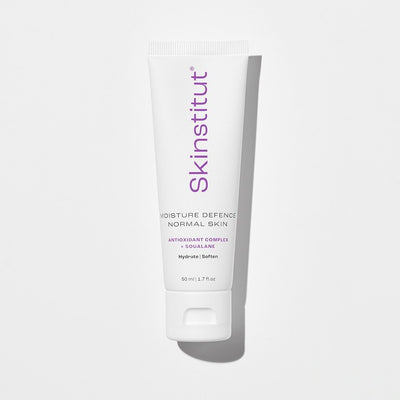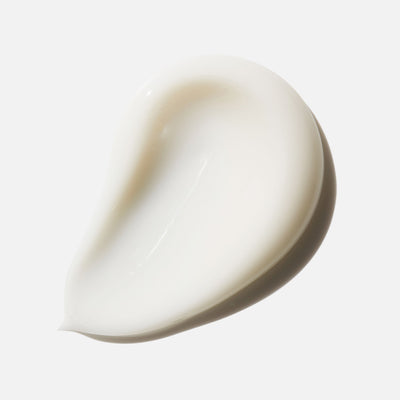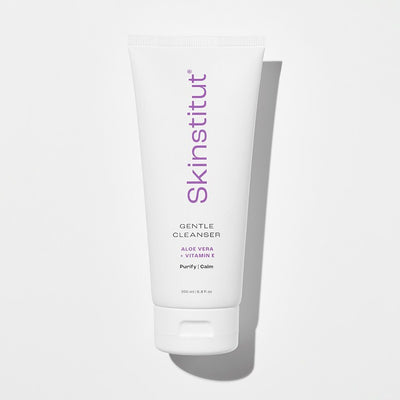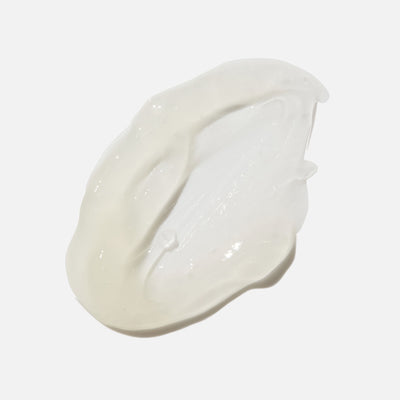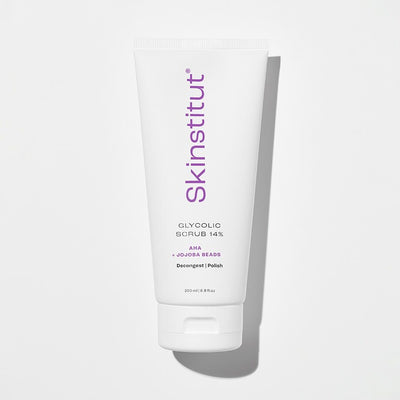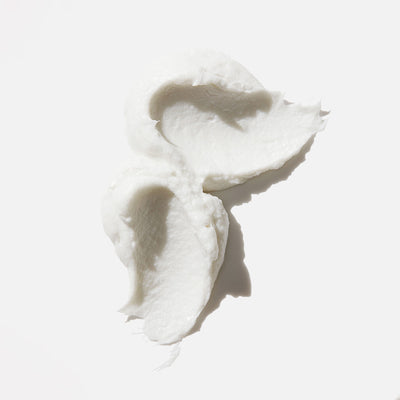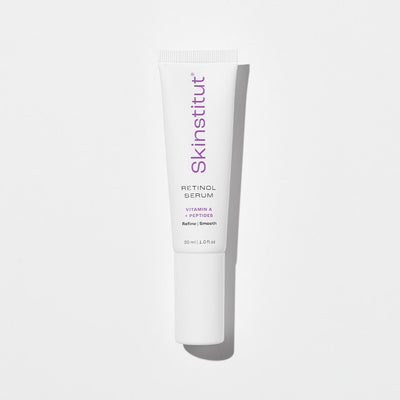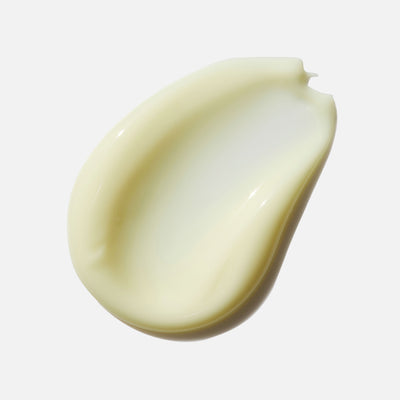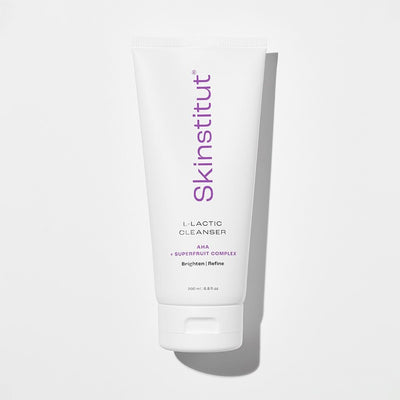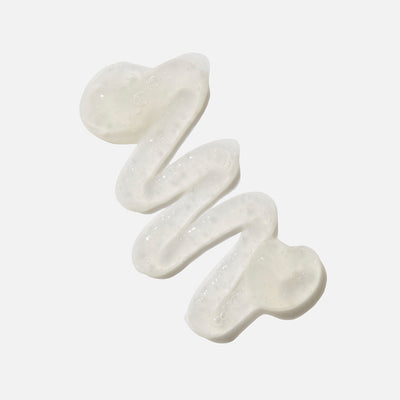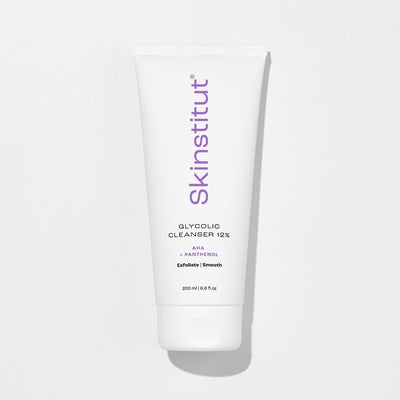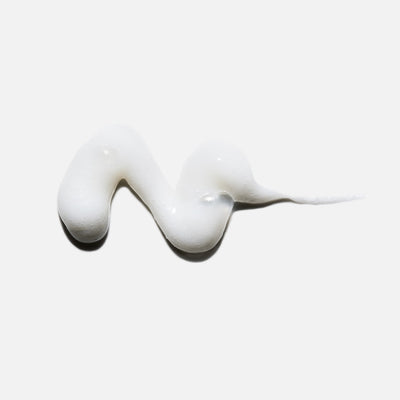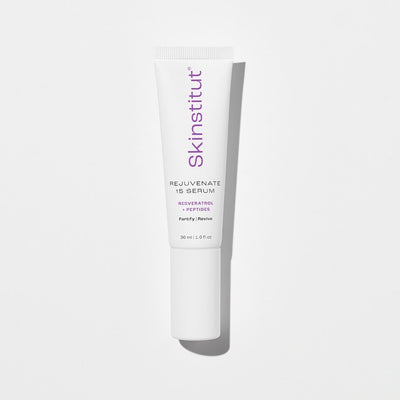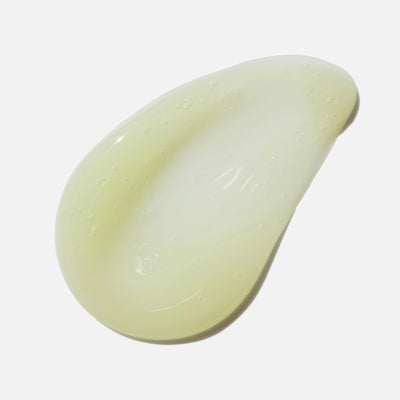ADULT VS ADOLESCENT ACNE: HOW TO TREAT BOTH
Adolescent acne can feel like a rite of passage; in fact, it’s estimated that 85 per cent of teenagers will experience this common skin concern to a degree.
While some people will grow out of it, others will see breakouts continue into adulthood, but adult acne can also develop out of nowhere – even if you were one of the lucky few to scrape through high school without a single pimple.
While the root cause of any breakout is fundamentally the same, there are key differences in the triggers for adolescent and adult acne, as well as in the treatment of this condition..
Read on for a detailed explanation and skin-clearing tips to keep your complexion healthy at every age.
Acne, Explained
Acne happens when pores become clogged with dead cells and excess sebum. At first, non-inflammatory whiteheads and blackheads will pop up, but if you then add bacteria into the mix – specifically p. Acnes bacteria – inflammatory acne occurs. Think deeper, red, swollen pimples that hurt.
What’s The Difference Between Adult Acne And Adolescent Acne?
There are key differences in the breakouts we experience during our teenage years versus those that can happen after the age of 25.
Teenage acne predominantly comes down to genetics and hormones, and is strongly linked to puberty, specifically reproductive hormones (androgens) that dial up sebum production. Breakouts are common on the face, chest and back, and tend to consist of whiteheads, blackheads and deeper cysts. There is one silver lining, however – teenage skin is more resilient and cell turnover is faster, so the healing process tends to be quicker than breakouts at a later stage.
Adult acne, on the other hand, is usually caused by hormones and sluggish cell turnover, and can be triggered by external factors like pollution, a poor diet and chronic stress. It’s often localised to the jaw, cheeks and chin, and tends to be inflammatory. Flare-ups are also common during your cycle, perimenopause and menopause – thank you, fluctuating hormones.
Adult acne can be a challenge if other issues like sensitivity, pigmentation, fine lines or dehydration are also present. And because cell turnover is slower, breakouts take longer to heal – if you’ve ever had one of those dark or red marks left over for weeks and weeks following a pimple, you’ll know what we mean.
Treatment Options
Read on for key tips to treating persistent acne, as well as ways to keep your complexion glowing at every stage of life.
For Adolescent Acne
Cleanse Thoroughly
Proper cleansing is essential to remove excess oil and to keep pores clear. The calming formula of our Gentle Cleanser is designed to balance the skin without depleting vital moisture. Use it morning and night, or both if you wear makeup.
Try: Gentle Cleanser
Spot-Treat When Necessary
It can be tempting to pick or pop whiteheads, but this can just spread bacteria, which is not ideal. Instead, spot-treat breakouts overnight with Laser Aid – the antibacterial action will minimise redness, while the cooling sensation works to bring down swelling.
Try: Laser Aid
Exfoliate With AHAs
Exfoliating teen skin is a smart move as it regulates oil production and cell build-up. Glycolic Scrub 14% works by gently polishing the skin’s surface, using Glycolic Acid to decongest pores. Added Tea Tree Oil helps to reduce acne-causing bacteria, too. Plus, this scrub is a top pick to treat body breakouts.
Try: Glycolic Scrub 14%
Focus On Lightweight Moisture
Even if you’re oily, it’s important to provide the skin with lightweight moisture – otherwise you risk dehydration, which can encourage the skin to produce even more sebum. Moisture Defence Oily is a lightweight formula that has a subtle mattifying effect and is packed with skin-balancing ingredients like Zinc and Niacinamide. Pat it on as the last step in your routine, or under SPF during the day.
Adult Acne Tips
Incorporate Retinol
Retinol is a hero ingredient for almost any skin concern, but especially adult acne because it speeds up cell turnover, reducing the risk of breakouts while also targeting post-pimple marking (talk about a multitasker!) Retinol Serum contains an encapsulated 0.25 per cent of active Retinol, along with Peptides to clear, smooth and brighten.
Try: Retinol Serum
Don't Skip Nourishment
Ageing skin requires nourishment, even when it’s prone to acne. If you starve your complexion you risk damaging your barrier, which can lead to further issues. Moisture Defence Normal is a great pick as it’s hydrating but doesn’t contain any occlusive ingredients that could trigger breakouts.
Use AHAs To Boost Cell Turnover
Sweep away expired skin cells with a targeted Alpha Hydroxy Acid. Expert Refine AHA Glycolic Toner is a leave-on treatment that combines 5 per cent Glycolic Acid with Witch Hazel and Green Tea to exfoliate, brighten and smooth acne-prone skin.
Try: Expert Refine AHA Glycolic Toner
Consider Pimple Aftercare
If you’re prone to post-pimple marks, look towards Niacinamide. Not only will the ingredient help regulate oil production, it works to repair damage to the skin, which will improve tone and clarity.
Try: 10% Niacinamide Power Serum
Want more complexion tips? Or to build your very own curated skincare routine? Head to the website and take our skin quiz.



